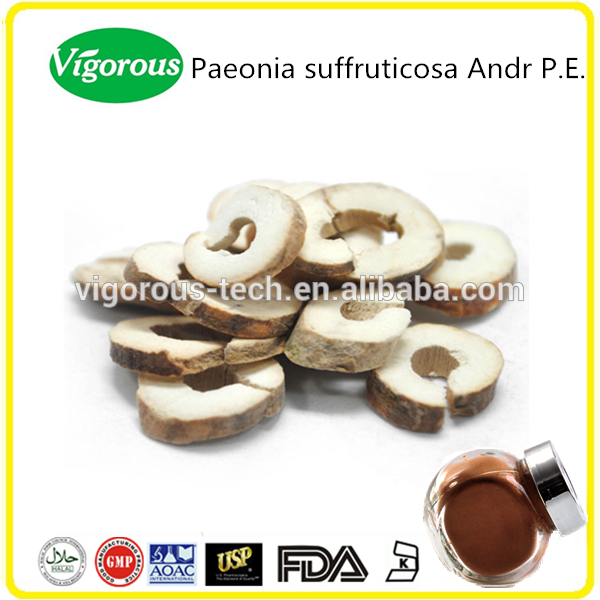- Extract Powder
-
- Fragrant Solomonseal Extract
- Elsholtzia Ciliata Extract
- Wormwood extract
- Red Radish Extract
- Arnica Extract
- Blue Lotus Extract
- Star Anise Extract
- Saxifraga Extract
- Red Bean Extract Powder
- Cistus Creticus Extract
- Luo Han Guo Extract Powder
- Saffron Extract
- Cranberry Extract
- Swertia Bimaculata Extract
- Ligustrum Extract
- White Willow Bark Extract
- Butterbur Extract
- Tongkat Ali Extract
- Grapefruit Extract
- Coix Seed Extract
- Carob Extract
- Lupinus Albus Extract
- Horse Chestnut Extract
- Kava Extract
- Dracocephalum Extract
- Olive Leaf Extract
- Lycoris Radiata Extract
- Schisandra Extract
- Scutellaria Extract Powder
- Semen Coicis Extract
- Sabah Snake Grass Extract Powder
- Phellinus Linteus Extract
- Lycium Extract
- Apple Extract
- Sophora Japonica Extract
- Lungwort Extract
- Acai Berry Extract
- Macleaya Cordata Extract
- instant green tea powder
- melissa officinalis extract
- dandelion extract
- ajuga turkestanica extract
- sesame extract
- rhodiola extract
- filipendula ulmaria extract
- chanterelle mushroom extract
- instant jasmine tea powder
- cistanche extract
- agaricus blazei extract
- agaricus bisporus extract
- agrocybe aegerita extract
- antrodia camphorata extract
- astragalus extract
- auricularia auricula extract
- bilberry extract
- black currant extract
- centella asiatica extract
- chlorella powder
- coprinus comatus extract
- cordyceps Extract
- coriolus versicolor extract
- desmodium extract
- Ecklonia Cava Extract
- epimedium extract
- eucommia extract
- evodia extract
- fenugreek extract
- fisetin extract
- flammulina velutipes extract
- fo-ti extract
- fucoxanthin extract
- ginkgo biloba extract
- ginseng extract
- grape seed extract
- graviola extract
- green coffee bean extract
- green tea l-theanine
- hawthorn extract
- hericium extract
- honeysuckle flower extract
- inonotus obliquus extract
- instant black tea powder
- kacip fatimah extract
- lovage extract
- luo han guo extract
- lutein extract
- lycium extract
- maitake mushroom extract
- mulberry extract
- muskroot extract
- olive leaf extract
- oolong tea extract
- phellinus linteus extract
- pine bark extract
- pomegrante extract
- polyporus umbellatus extract
- poria cocos extract
- pu erh tea extract
- pumpkin seed extract
- pleurotus eryngii extract
GMP Manufacturer supply Moutan Black Extract/High quality Moutan Black Extract
2017-03-24

Paeonia suffruticosa is the name used for most tree peony cultivars, but is not a naturally occurring species. So it can be regarded as the name for a man-made hybrid swarm. Genetic analysis has shown that five species of the subsection Vaginatae together make up the parentage of the tree peony cultivars created before World War II. In over three quarters of the almost fifty studied cultivars, the DNA of their chloroplasts is identical to that in Paeonia cathayana, indicating that this species is the original maternal parent. Almost all of the remaining cultivars has chloroplast DNA identical to that in P. qiui, and rarely from P. ostii and partially from Paeonia rotundiloba. In the nuclear DNA however, homology with Paeonia rockii is largest, with lesser contributions from P. qiui, P. ostii, P. cathayana and P. jishanensis. Paeonia decomposita is the only species from the Vaginatae that has not contributed to these cultivars.
Crossbreeding of yellow-flowered P. delavayi with traditional double-flowered P. suffruticosa cultivars by Émile Lemoine has led to the introduction of the color yellow into the cultivated double-flowered tree-peonies. These hybrids are known as the P. ×lemoinei-group, and include double-flowered "Chromatella" (1928), "Alice Harding" (1935) and semidouble-flowered "Sang Lorraine" (1939). In 1948 horticultulturist Toichi Itoh from Tokyo used pollen from "Alice Harding" to fertilize the herbaceous P. lactiflora "Katoden", which resulted in a new category of peonies, the Itoh or intersectional cultivars. These are herbaceous, have leaves like tree peonies, with many large flowers from late spring to early autumn, and good peony wilt resistance. Some of the early Itoh cultivars are "Yellow Crown", "Yellow Dream", "Yellow Emperor" and "Yellow Heaven".
Cultivated hybrid tree peonies originate from China and its surrounding areas, possessing significant cultural meaning throughout Chinese history. Currently there are about 600 Chinese tree peony cultivars.Since its introduction abroad, a few unique cultivar groups have been bred in France, Britain, the United States, and some other countries.This species is less common in U.S, but it can generally be found in plant nurseries.
Paeonia suffruticosa, also known as the tree peony, originates from China. Sometimes, people refer to these tree peonies as “Chinese tree peonies.”
Paeonia suffruticosa belongs to the peony family. The most distinctive feature is that Paeonia suffruticosa is a bush or a tree, whereas most peonies are herbaceous. Despite their classification as trees, it is the flowers that attract people's attention. Peonies are generally slow to grow and have flowers that only last briefly and are fragile under weather conditions such as wind, rain or hot temperatures. In comparison, Paeonia suffruticosa, as a tree, survives longer than the rest of the peonies. The woody stems of tree peonies allow the plant to survive in winter.m In general, the plant is long-lived, and the flowers bloom longer in the early spring.
Paeonia suffruticosa has a long history of being used as medicine in Chinese medicine. There are more than 1000 Chinese tree peony cultivars with various kind of flower colors and flower forms that have been selected artificially for medicinal uses for more than 2000 years. The root bark, often referred to as Mu Dan Pi or Cortex Moutan, is the main part that is used in Chinese medicine. Mu Dan Pi’s main functions include clears heat, cools blood, clears fire from deficiency, clears ascending Liver fire, and mildly invigorates the blood. Mu Dan Pi that has best quality should be very fragrant, and is thick, white and starchy. The flower is now mostly cultivated for medical uses. Due to over-harvesting, the wild plant is threatened with extinction.

